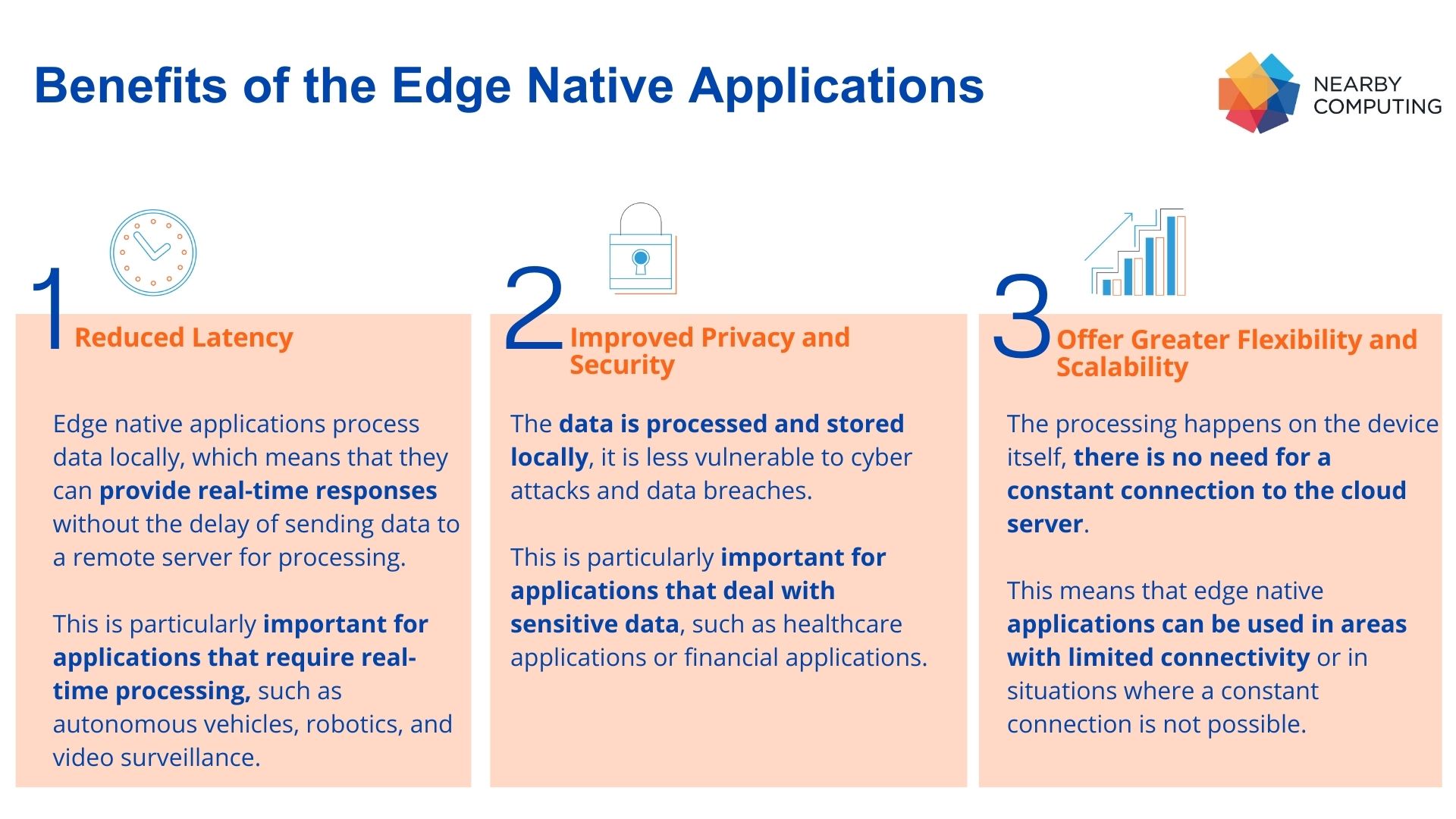Blog | nearby computing
Edge-Native Applications
Edge-native applications are designed to run directly on edge devices, such as smartphones, IoT devices, and embedded systems, without relying on cloud-based services or remote servers.
This means that the processing and storage of data happens on the device itself, rather than being sent to a remote server for processing. An application is considered Edge-native when it takes full advantage of the intrinsic benefits edge computing provides, using an architecture specifically designed to run on a distributed network of edge nodes.
In contrast, cloud native applications are designed to run on cloud-based infrastructure and rely on remote servers for processing and storage. This means that the processing and storage of data happens on the cloud server, rather than on the device itself.
Benefits of the Edge-Native Applications
When it comes to AI applications, edge–native applications offer several advantages over cloud-based AI solutions:
Reduced latency: which is the time it takes for data to travel from the device to the server and back. Edge native applications process data locally, which means that they can provide real-time responses without the delay of sending data to a remote server for processing. This is particularly important for applications that require real-time processing, such as autonomous vehicles, robotics, and video surveillance.
Improved privacy and security: because the data is processed and stored locally, it is less vulnerable to cyber attacks and data breaches. This is particularly important for applications that deal with sensitive data, such as healthcare applications or financial applications.
Offer greater flexibility and scalability: because the processing happens on the device itself, there is no need for a constant connection to the cloud server. This means that edge native applications can be used in areas with limited connectivity or in situations where a constant connection is not possible. Additionally, because the processing happens on the device itself, edge native applications can scale to meet the needs of the user without relying on additional cloud servers.
How to get the best perfomance:
Edge-native applications can be run on Telco Edge Cloud platforms and benefit from Operators’ extensive experience operating the telco networks that have been traditionally massive, distributed processing infrastructures.
TEC is a platform designed to provide support and maximize the performance of edge-native applications, delivering higher reliability and service availability (If you want to know more about TEC, go through this article).
Edge computing is an important trend for industries that rely on real-time data processing. By deploying applications closer to the data source, latency can be reduced, and the user experience can be improved. In addition, edge computing can help reduce the cost of data transmission since fewer data is transmitted to the cloud.





